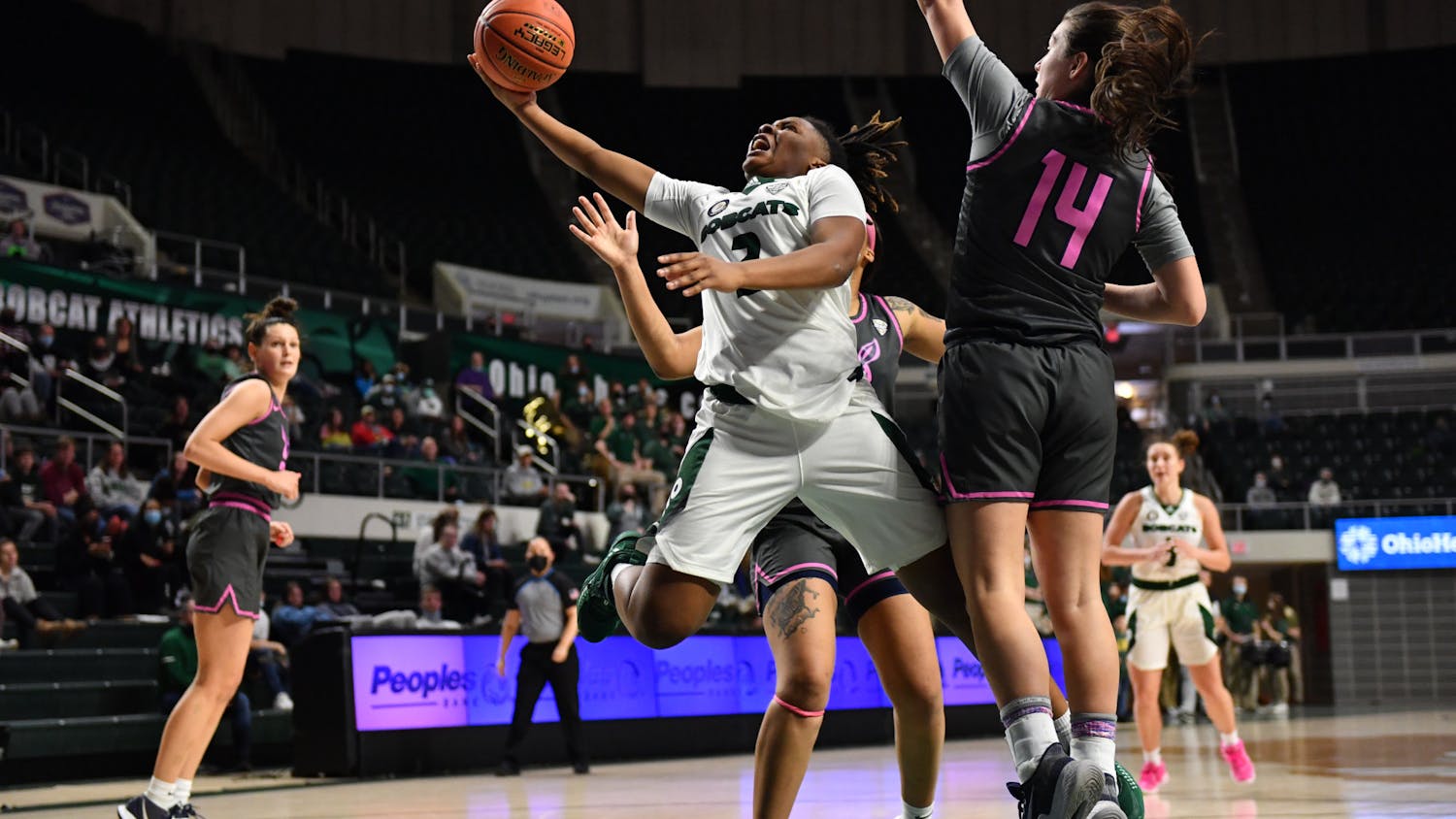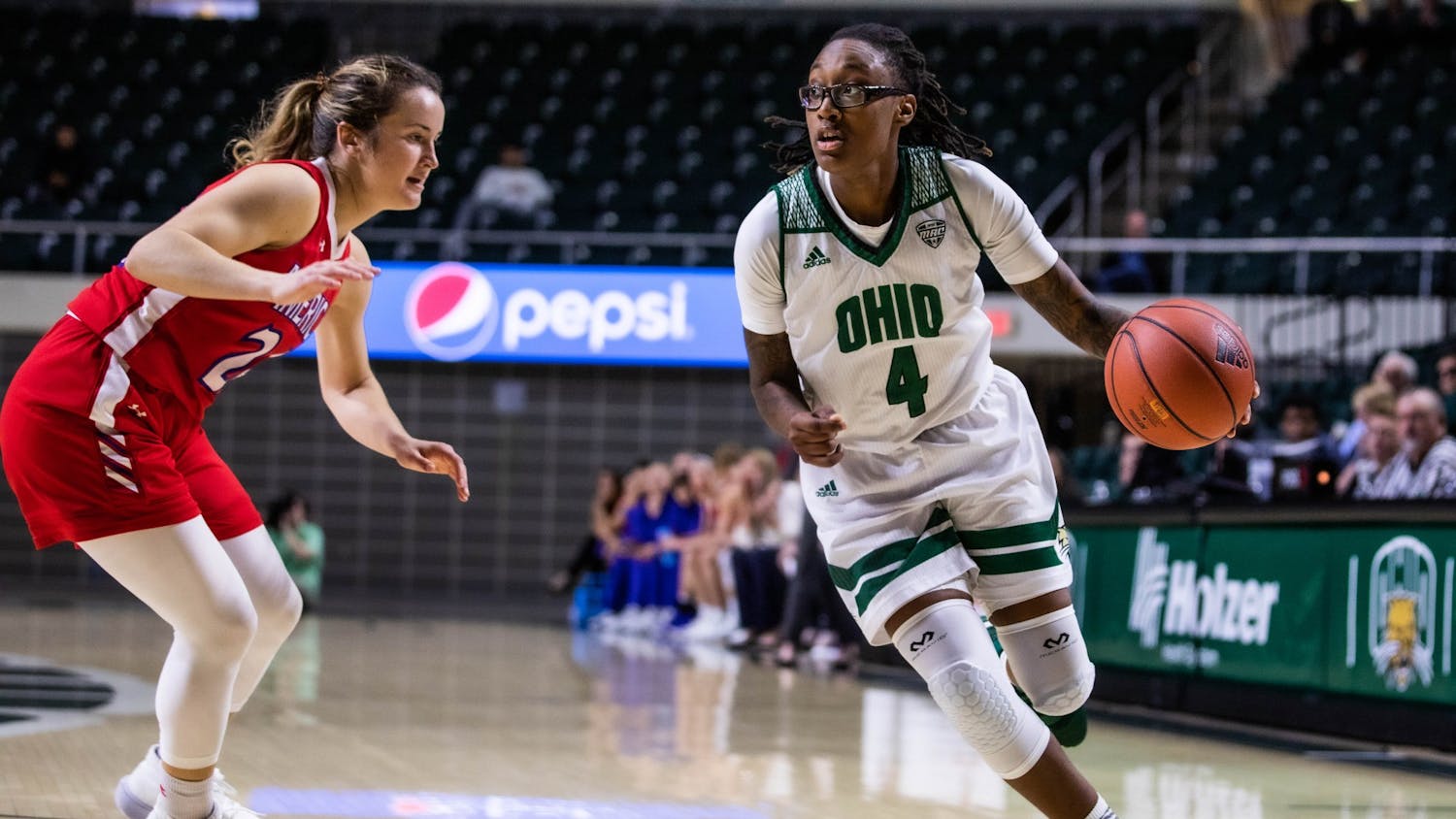A staple of my childhood – and what feels like a lifetime ago – was coming home from elementary school on a cool day in March, throwing my backpack onto my bed and watching the Big East basketball tournament with my father. I have vivid memories of the Catholic schools pummeling each other while the public schools tried to run their opponents off of the floor with athletic, track-meet styles of play. A law in my household was always, no matter the teams, to pull for the public schools.
To my pre-teen self, the old Big East was the pinnacle of basketball. The NBA hadn’t become the cultural cornerstone that it is nowadays and I had yet to begin playing meaningful basketball myself. Unlike every other college athletic conference, it was a high-profile, high-level, metropolitan hoops-focused conference.
To compare: the SEC is, and will always be, a football conference. The Big Ten is too Midwest while the Big 12 is too South and both will prioritize football at any given opportunity. The PAC-12 plays too late and is generally an unserious athletic conference when it comes to major sports. Non-Power 5 schools suffer the fate of falling outside of the peripheral. The only conference that came close to the allure of the Big East was the ACC, but it is very North Carolina-heavy.
For decades, the average January and February night’s college basketball main event was being played in Syracuse, New York City, Connecticut, Georgetown, Kentucky or any of the other seven non-coastal schools; it was taking place in the Big East. In March, everyone congregated at the basketball Mecca, Madison Square Garden, for basketball theater. There was no other league in the country with the aura of the Big East.
That is until the departing Division I FBS schools killed it.
Don’t get me wrong, it makes sense from a financial and football perspective– the two thought processes that took precedence in the decisions– but it comes with question marks: the new AAC’s existence was understandable but incoherent. Some of the other schools that departed the Big East’s didn’t make sense athletically: where does Rutgers fit in the Big Ten and Syracuse in the ACC? Geographically, why is Notre Dame, located in northern Indiana, and Louisville, located in Kentucky in the Atlantic Coast Conference?
Since the general realignments of the 21st century, but most recently the Big East’s realignment, college athletic conferences have had somewhat of an identity problem. This has only been getting worse, and will only continue to get worse, with the current SEC/Big Ten centralization that is happening. There is no reason for USC or UCLA to be in the Big Ten other than money.
Oklahoma and Texas will become smaller fish in a bigger pond when they join the SEC, but they’ll get more money. So what is the value of rivalries that have existed for decades when profits can double? Despite the fact that the profits in question are made off of the backs of violently underpaid, undervalued football and basketball players, the answer is low.
These new conferences feel meaningless, arbitrary and detract from the on-court and on-field product. Big East rivalries, like Syracuse-UConn, meant more than basketball; Pittsburgh-West Virginia was a highlight of their respective seasons and Cincinnati-Louisville was played for pride. But Syracuse-Clemson? What do West Virginia-Kansas State and Cincinnati-Tulsa mean other than a win or a loss in a column? These rivalries materially matter whether or not athletic directors and presidents of universities want to acknowledge it. The sport is better with them.
Ultimately it comes down to refinement culture running rampant through sports in general. Conferences are consolidating, baseball and basketball are becoming two-to-three-outcome snooze fests and football is becoming two teams executing the same schemes with varying quarterbacks. University officials want to put their schools in the perfect position to make as much money as they can for the rest of time.
Luckily, throughout the muck, the new Big East somehow stands tall among the rest; it is one of the few current conferences that has carved out a basketball identity with meaningful basketball being played nightly while fans marinate in vitriol held for the opponent.
Teams travel to Providence and face a group of students ready to maul someone while UConn is in the midst of a renaissance that they’re making sure everyone is aware about. When the NCAA tournament comes around this year, whoever wants to win it will have to get through the Big East, just as they always have.
The tournament is still at MSG. I can still throw my backpack on my bed and watch it in my dorm room. The fans roar in a back-and-forth for the fate of their school’s team. College football and basketball’s bodies might be getting colder, but the Big East’s heart still pounds frivolously.
Matthew Butcher is a sophomore studying English at Ohio University. Please note that the views and opinions of the columnists do not reflect those of The Post. Want to talk more about it? Let Matthew know by tweeting him @mattpbutcher.






